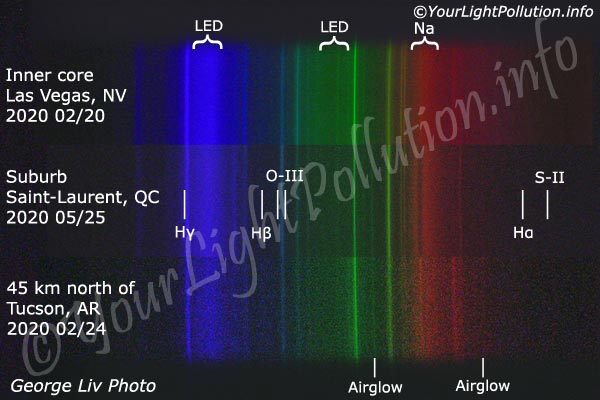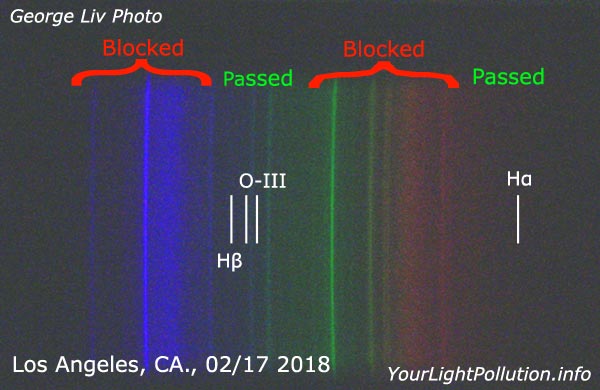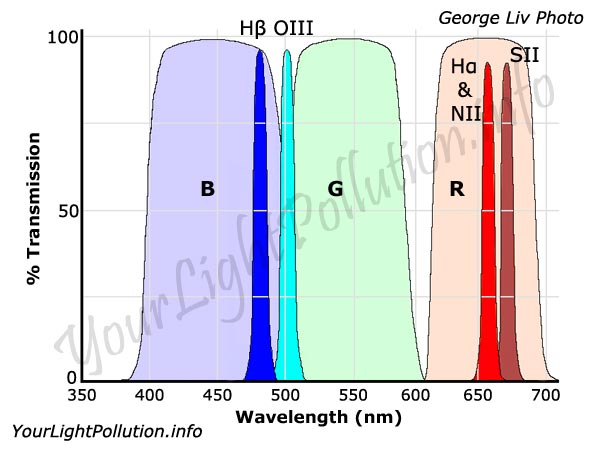
Main Index Sky-Glow Analysis The (Evolving) Sky-Glow Story The New Sky-Glow Spectra
Digital Sensors & LPR filters Part1 Nema-Tags Lighting Laws Reflected-vs-Direct Up-Light










| © 2020-2024 George Liv Photo. All Rights Reserved. |